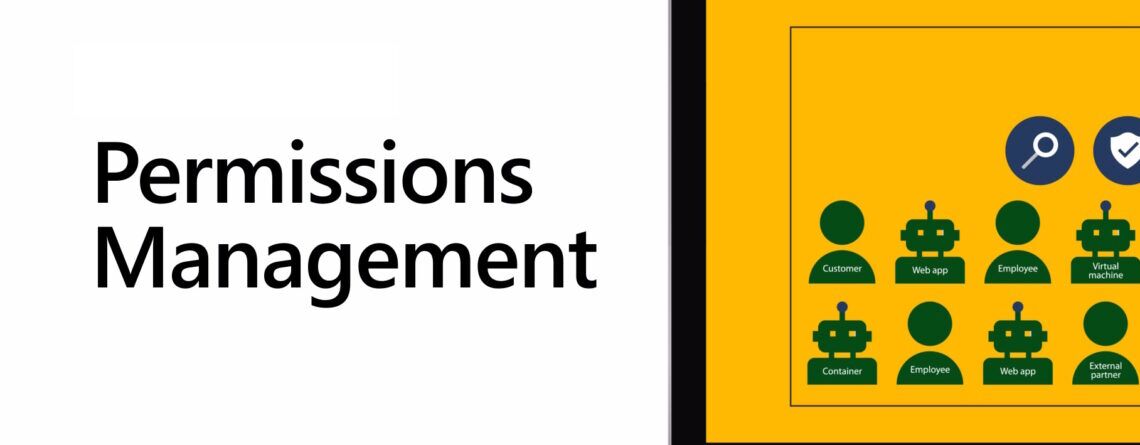User Permissions and Access Controls
Managing user permissions and access controls is crucial for maintaining the security and integrity of your systems. Here are some effective strategies that can help you manage these aspects more efficiently.
Understand the Principle of Least Privilege
The Principle of Least Privilege (PoLP) is a computer security concept in which a user is given the minimum levels of access necessary to complete his or her job functions. This principle is applied to different areas of the system such as system processes, users and administrators, and even your computing devices and systems. By limiting the access rights of users, you can minimize the potential damage that could be caused if an account is compromised.
Implement Role-Based Access Control
Role-Based Access Control (RBAC) is a method of regulating access to computer or network resources based on the roles of individual users within your organization. RBAC lets employees have access rights only to the information they need to do their jobs and prevents them from accessing information that doesn’t pertain to them. This not only enhances security but also improves operational efficiency as users won’t be overwhelmed with unnecessary information.
Regular Audits are Essential
Regular audits of user permissions and access controls can help you identify any potential issues or vulnerabilities. These audits can be done manually or automated with the help of software tools. Regular audits can help you ensure that only the right people have access to sensitive information and that former employees or users no longer with the organization do not still have access.
Use Strong Authentication Methods
Strong authentication methods like two-factor or multi-factor authentication can provide an extra layer of security. These methods require the user to provide two or more verification factors to gain access to a resource such as a system or an application. This reduces the risk of unauthorized access as even if someone manages to obtain a user’s password, they would still need the second factor to gain access.
Keep Software and Systems Updated
Keeping your software and systems updated is a simple yet effective way to improve security. Updates often include patches for security vulnerabilities that could be exploited by attackers. By regularly updating your systems, you can protect your organization from known vulnerabilities and threats.
Educate Your Employees
Last but not least, educate your employees about the importance of security. Make sure they understand the potential risks and consequences of not following the company’s security policies and procedures. Regular training sessions can help reinforce these concepts and ensure that all employees are aware of their role in maintaining security.
By implementing these strategies, you can create a more secure IT environment for your business. Remember, managing user permissions and access controls is not a one-time task, but an ongoing process that requires regular review and adjustment.
Remember, the key to effective access control is balance. You need to strike a balance between security and usability. Too much security can hinder productivity, while too little can lead to data breaches. With these strategies, you can achieve that balance and keep your IT environment secure. By taking a proactive approach to managing user permissions and access controls, you can protect your organization’s valuable data and resources. This will not only help you maintain compliance with various regulations but also build trust with your customers and partners. After all, in today’s interconnected world, data security is not just an IT issue, but a business imperative.

Leave a Reply